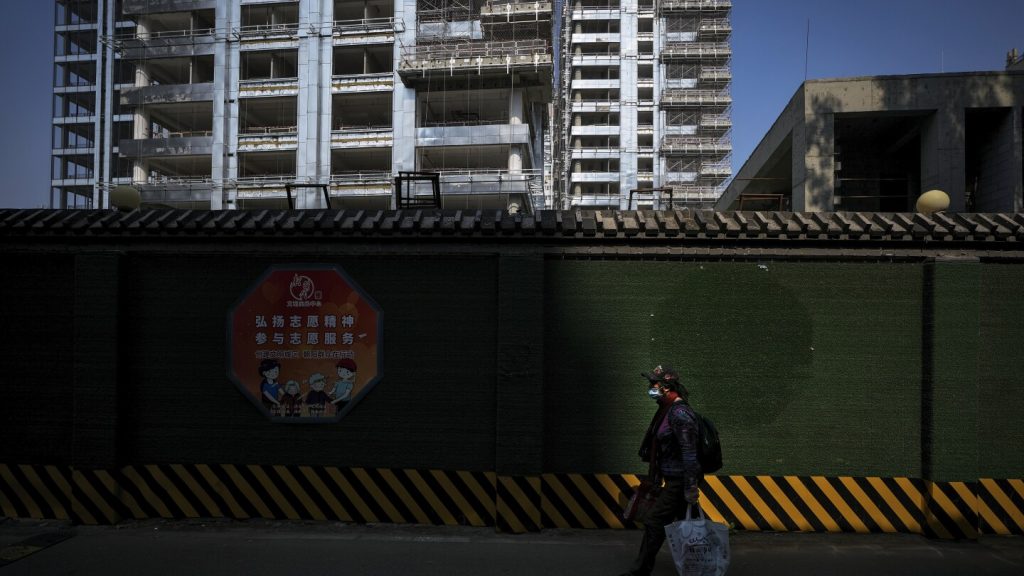China’s economy continues to weaken, with recent surveys showing a decline in manufacturing orders and overall operating conditions in the manufacturing sector. The Caixin purchasing managers survey revealed the fastest drop in new manufacturing orders in two years in September. Additionally, the National Bureau of Statistics released an official survey showing a fifth straight month of contraction, with a purchasing managers index of 49.8 in September. This decline signals the need for more government support as stimulus measures are ramped up in response to the weakening economy.
In response to the economic downturn, the Chinese government implemented a series of policy measures last week aimed at bolstering the economy. These measures included lower interest rates, reduced down payment requirements for mortgages, and a cut in required bank reserves. The stock markets in China reacted positively to these announcements, with the Shenzhen Market surging by 8.2% and the Shanghai Composite index jumping by 5.7%. Analysts such as Gabriel Ng of Capital Economics believe that the stimulus package will support economic activity in the coming months; however, imbalances between supply and demand, as well as trade measures against China, could continue to weigh on the economy.
Continuing with their efforts to support the economy, Beijing moved forward with the announced measures over the weekend to revive the property industry and financial markets. The central bank directed banks to cut mortgage rates for existing home loans by the end of October, while cities like Guangzhou, Shanghai, and Shenzhen eased home purchase restrictions. The property sector has been struggling, with falling housing prices and developers facing challenges due to government regulations on borrowing and construction. This downturn has had a ripple effect on other industries, slowing down China’s recovery from the COVID-19 pandemic and putting pressure on consumers who are facing pay cuts, job losses, and weaker asset prices.
Despite the stimulus measures and efforts to revive the property sector, challenges remain for the Chinese economy. Analysts like Tan Boon Heng of Mizuho Bank in Singapore remain optimistic about the impact of the government’s policy stimulus; however, they emphasize the need for fiscal support to achieve a meaningful cyclical recovery. The lack of official announcements on fiscal support is a cause for concern, as the economy continues to face pressures from trade measures and imbalances in supply and demand. As China grapples with these economic challenges, it remains to be seen how effective the current stimulus measures will be in reviving growth and stabilizing the economy in the long term.
The weakening of China’s economy has implications beyond its borders, as the world’s second-largest economy plays a significant role in the global market. The slowdown in China’s growth could impact other countries that are part of its supply chain or are dependent on Chinese consumer demand. As the country navigates through these challenges, global investors and policymakers will closely monitor China’s economic indicators and government responses to assess the potential impact on the broader economy. The coming months will be crucial in determining the efficacy of the stimulus measures and the prospects for China’s economic recovery in the post-pandemic era.


